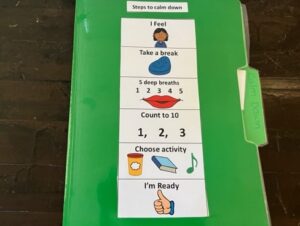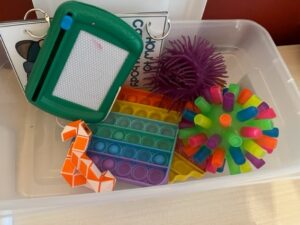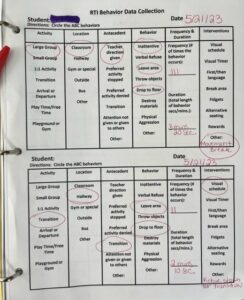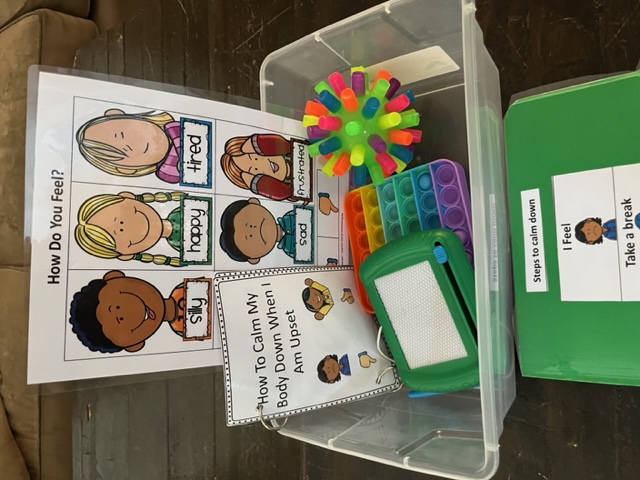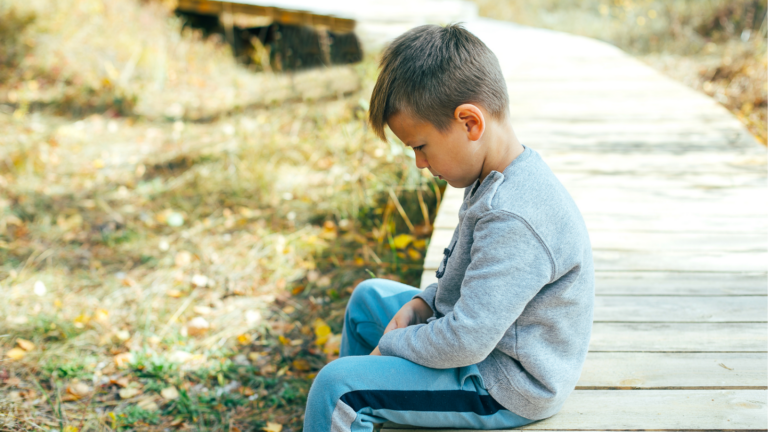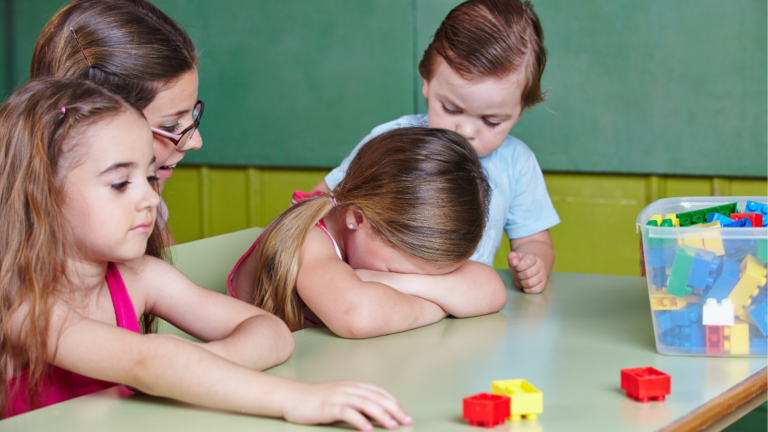
Help! My class is out of control...
Anyone else struggling this school year? I have been teaching special education for 20 years and each year seems to get harder and harder. My role has changed the last two years from a self-contained teacher to a resource teacher in Early Childhood. This comes with changes such as identifying students who may need an IEP, supporting teachers with interventions for students who are struggling, and problem-solving a variety of behaviors. I have seen an increase in disruptive and aggressive behaviors across the classrooms I work in.
Intervention Ideas
- Personalized Social Stories: Use a favorite character (paw patrol, spiderman, lightning mcqueen) and real photos of the classroom to help reinforce targeted behaviors for students. Read the social story daily and also send a copy home.


2. Calm down visuals: Use calm down visuals consistently both when the student is calm and also when they are struggling. You can make your own or check out my calm down visuals from my TPT store.
3. Calm down area or break: Teach the student what the calm down area is used for and/or also designate a break area outside the classroom. I have used “walks” for students who need to take a break from the classroom. I have also used motor or sensory rooms to prevent behaviors from occurring by scheduling a consistent time to take the student out. Allowing a choice board for breaks can give the student control to decide what will work best for them.
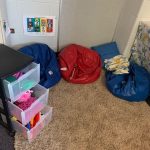
4. Own space in the classroom: Provide an alternate space within the classroom for your student to use when they need to leave the activity. I have used a small desk in a quiet area of the classroom. Provide alternate activities to do at their desk. Often my students refuse to engage in the activity the other students are doing, so it is a choice to do the activity or go to their desk and complete the activities there. This helps prevent the negative behaviors from occurring, which is the goal.
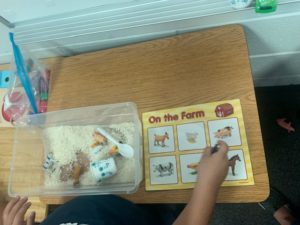
5. Schedule: Have a daily schedule tailored to your student. I use a binder to individualize the student’s schedule. I also include calm down visuals in the binder, so you always have it on hand. Use a feelings chart to help identify how they are feeling and then provide the step by step visuals to calm down.
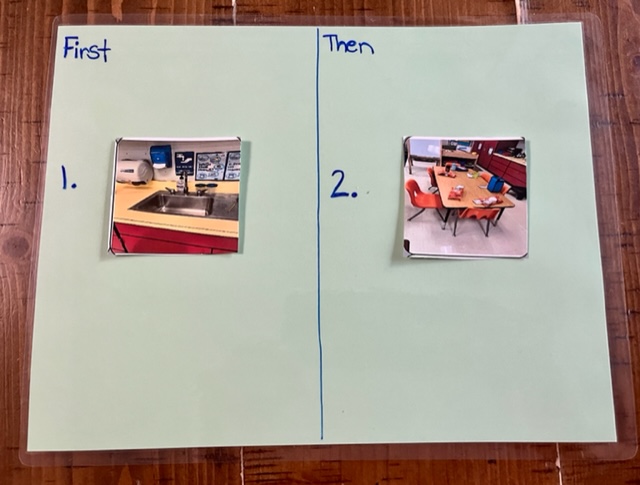
6. Data collection: Ugh my least favorite, but probably the most important! Use individualized behavior data collection sheets (examples here) to track the behaviors occurring and find what interventions are helping.
Most Important Tip
***Relationship building: My number one goal is to create a relationship with each student first. Build a rapport of trust and safety in order to see changes in negative behaviors. Learn what motivates the students, favorite toys, interests, and home/health history. Oftentimes our students are dealing with trauma they have experienced in their past and are triggered by events that may occur within the school setting.
Challenging behaviors make the classroom very stressful. Hopefully these tips can help create a calm, safe environment for your students. Check out my blog on collecting data for RTI/MTSS to help track your students behaviors. I have many resources on my TPT store that can also help or you can create your own!

